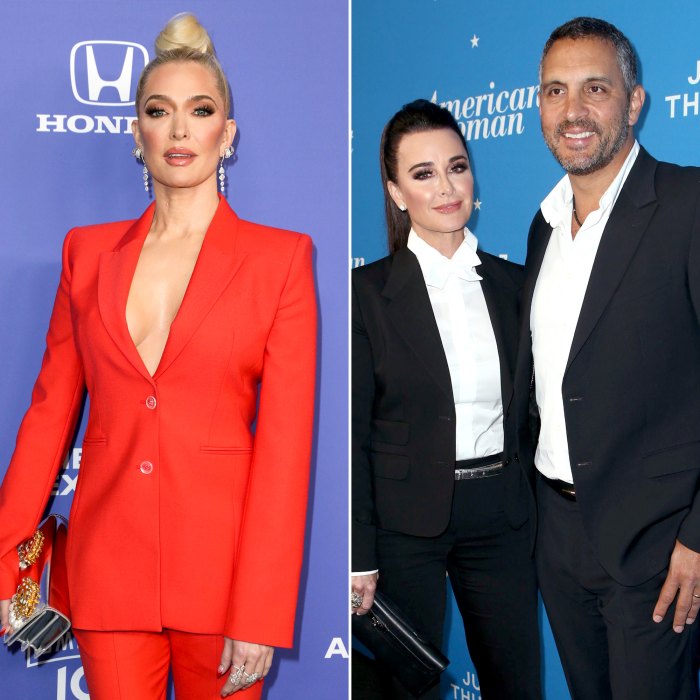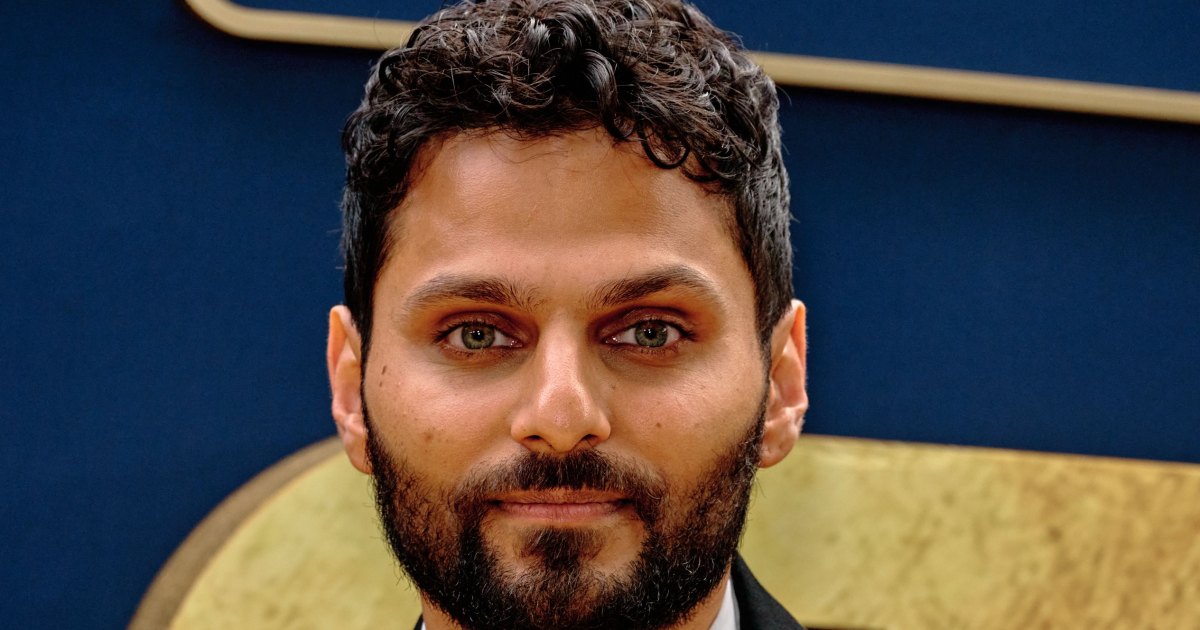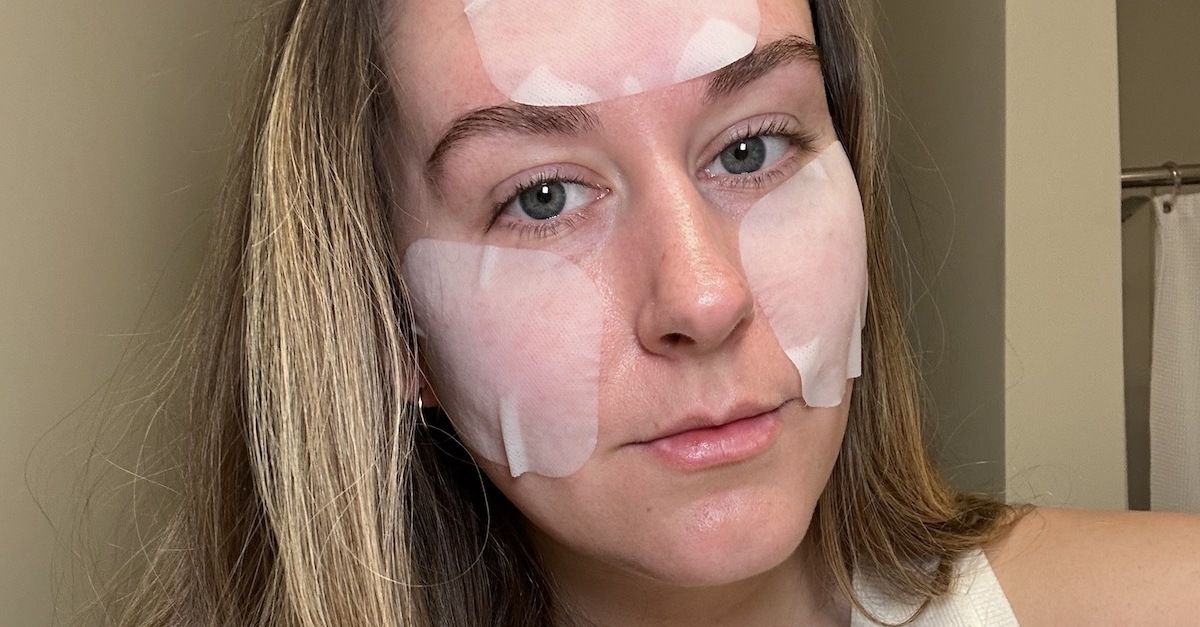Ryan Roslansky’s LinkedIn page lists 46 skills, from product management to problem solving.
But none fully prepared him to run the networking site for professionals when he took over as chief executive three years ago.
“I fundamentally believe you can only learn how to be a CEO by being a CEO,” he says. “On day one in a role like this, you’re entering a world where you’re about to face a large list of unexpected challenges that you don’t know how to do. The problem is the entire world expects you to know how to do it.”
Sitting behind his tidy desk, 16 floors up LinkedIn’s San Francisco headquarters, with a bookshelf behind him featuring a daughter’s picture of Baby Yoda and a sign saying “hard things are hard”, Roslansky points to his dark computer screen. He will switch it on again after our hour-long conversation and discover he has been mentioned 500 times on LinkedIn, he predicts. With 20,000 employees and more than 930mn users, something will have gone awry. Customers, whose complaints range from routine glitches to fake commenters and abuse by fraudsters, will be looking to him to fix it.
“It’s probably not on my LinkedIn profile, but I think the most important skill I had to pick up early on was learning how to manage my psychology,” Roslansky says.
“Product strategy, business strategy, people, operations: those things you can easily figure out, but you have to learn how to quickly get your mind in the right spot”.
Doing so, the 45-year-old says, requires first assembling the right team around you — both direct reports and mentors (among whom he diplomatically highlights Satya Nadella, the Microsoft chief executive who led the software group’s 2016 acquisition of LinkedIn). Second, “you cannot let the highs get too high, or the lows get too low . . . You have to maintain kind of a steady band in the middle of all of it.” And finally, he says, you cannot get so caught up in the day-to-day minutiae that you lose sight of the bigger corporate vision.
Roslansky delivers such insights in a crisp, bullet-point style befitting an executive who launched the “influencer” and content programmes that turned LinkedIn from a site for recruiters and jobseekers into a haven for people to disperse views on how to get to the top and what to do once you get there.
The CVs that LinkedIn’s members have shared since it started two decades ago add up to 10bn years of experience, he says. One of the challenges of his role has been to work out how to “pull all of this knowledge out of people’s heads”.
The new sharing tools, news feeds, newsletters and video series he and his team have built are designed to keep users coming back more often. “Solving problems is much more of a frequent use case than searching for a job,” he observes.
Roslansky’s own LinkedIn profile details his 14 years at the company, starting as chief product officer in 2009, and his jobs before that at Glam Media, Yahoo and the property-themed dotcom start-up he dropped out of college to run in 1997.
But it does not capture the experience he says most shaped him as a leader — an episode from his childhood. Roslansky grew up in the Sierra Nevada mountains near Lake Tahoe. His parents were hippies-turned-real estate entrepreneurs who taught him something about taking control of one’s career.
When he was 13, they put him on a plane to Florida, where he enrolled in the intensely competitive Nick Bollettieri Tennis Academy alongside the likes of Maria Sharapova and Andre Agassi. The only American in his dorm, “I learned how to survive by understanding other people very well”, he recalls, building an empathy in later life for what motivates people and how they think. “As a product person, it’s probably the most important skill that one could have.”
A day in the life of Ryan Roslansky
There’s a set of [meetings] we use to run the company effectively that are very important to me. Every Tuesday, we have our executive team meeting. It’s half the day and that’s where we just talk about everything that’s happening across the company.
Every two weeks, I bring the entire company together for what we call a “company connects”. It’s in a format where we go through the top priorities of the company, we have “open mic”, we call it, for anybody’s questions. It’s a coming together moment every two weeks no matter what . . . You know, trust is consistency over time and you can’t substitute either of those things.
The thing that’s, probably ironically, most important to me is having a strong work-life balance. I have three daughters and it’s extremely important for me to make sure I’m there for them as much as I’m here for LinkedIn. So I will always take my daughters to school. I will always be home for dinner. Those things are non-negotiable. And I think more than anything, it keeps me grounded and balanced. Because if I didn’t have those set in place, it’s very easy to get caught up in just answering what’s going on here all day long.
Roslansky describes himself as an “adaptive” leader. “You can practically decide that you are going to adapt as a leader, or you can stay who you are,” he explains. But when challenges hit, he prefers to make “small pivots” rather than “whipsawing” — lurching too far in a new direction, only to have to pull back later.
It is one reason he has avoided making proclamations about when people should return to its offices. (LinkedIn has still not laid down the law on how often it expects staff to come in, saying it trusts them to decide whether to choose in-person, remote or hybrid work.) Otherwise, he says, “you’re just thrashing these people in these companies around”.
There is one place where adaptation and pivots seem not to have paid off. In May, LinkedIn closed its jobs app for Chinese users and cut more than 700 jobs, in the face of fierce competition and regulatory scrutiny. The Financial Times dubbed the first stage of its pullback from China — the shutdown of its localised social media site in 2021 — the end of an unsustainable compromise between profit and ethics.
“I’ve constantly been trying to figure out ways for us to get LinkedIn to work inside of China,” Roslansky admits. He says he is still bullish on the opportunity the country’s vast working population offers, even though he has not yet found a sustainable business case.
LinkedIn is keeping its options open by letting Chinese companies hire via its global platform, he notes, but “one of the worst things that you can do . . . is to keep something going that is just kind of working and thinking that next year is going to be the year this is actually going to work. We tried that for about 10 years.”
Roslansky’s definition of adaptive leadership also means trying to “play up” rather than down, or looking for the opportunities a situation presents rather than succumbing to the fear the worst will happen.
He had been named to LinkedIn’s top job in February 2020, weeks before Covid-19 was declared a pandemic, and took the reins that June when a sudden freeze in hiring and advertising was throttling the company’s two main revenue sources. He made a big early bet that LinkedIn could find new growth by rolling out tools for users who were out of work, pushing skills-building content to job-swappers engaged in what he dubbed “the great reshuffle”, and helping previously desk bound employees navigate the shift to remote working.
“I put all of my eggs in the basket of we’re going to transform LinkedIn to help the world learn when they can’t get together in person, sell when you can’t go and meet a customer, and recruit when you can’t interview somebody in person.” As companies started hiring and advertising again, revenues climbed from $8bn to $10.3bn in the year to June 2021. They are expected to exceed $15bn for the year to June 2023.
Along the way, Roslansky has been working to master the platform he helped to create. With more than 725,000 followers, he has become one of LinkedIn’s “Top Voices”, part of a pantheon of corporate influencers that includes Bill Gates, Arianna Huffington and Nadella. His regular videos on the site, in which he interviews other executives about their career paths, also make him something of a rival to journalists writing about leadership, I observe.
“I’m excited to talk to you because I’m excited to learn how you do this,” he replies disarmingly. He has 46 skills, in other words, but is still looking to add to them.


























































![Mason Ramsey – Twang [Official Music Video] Mason Ramsey – Twang [Official Music Video]](https://i.ytimg.com/vi/xwe8F_AhLY0/maxresdefault.jpg)



















